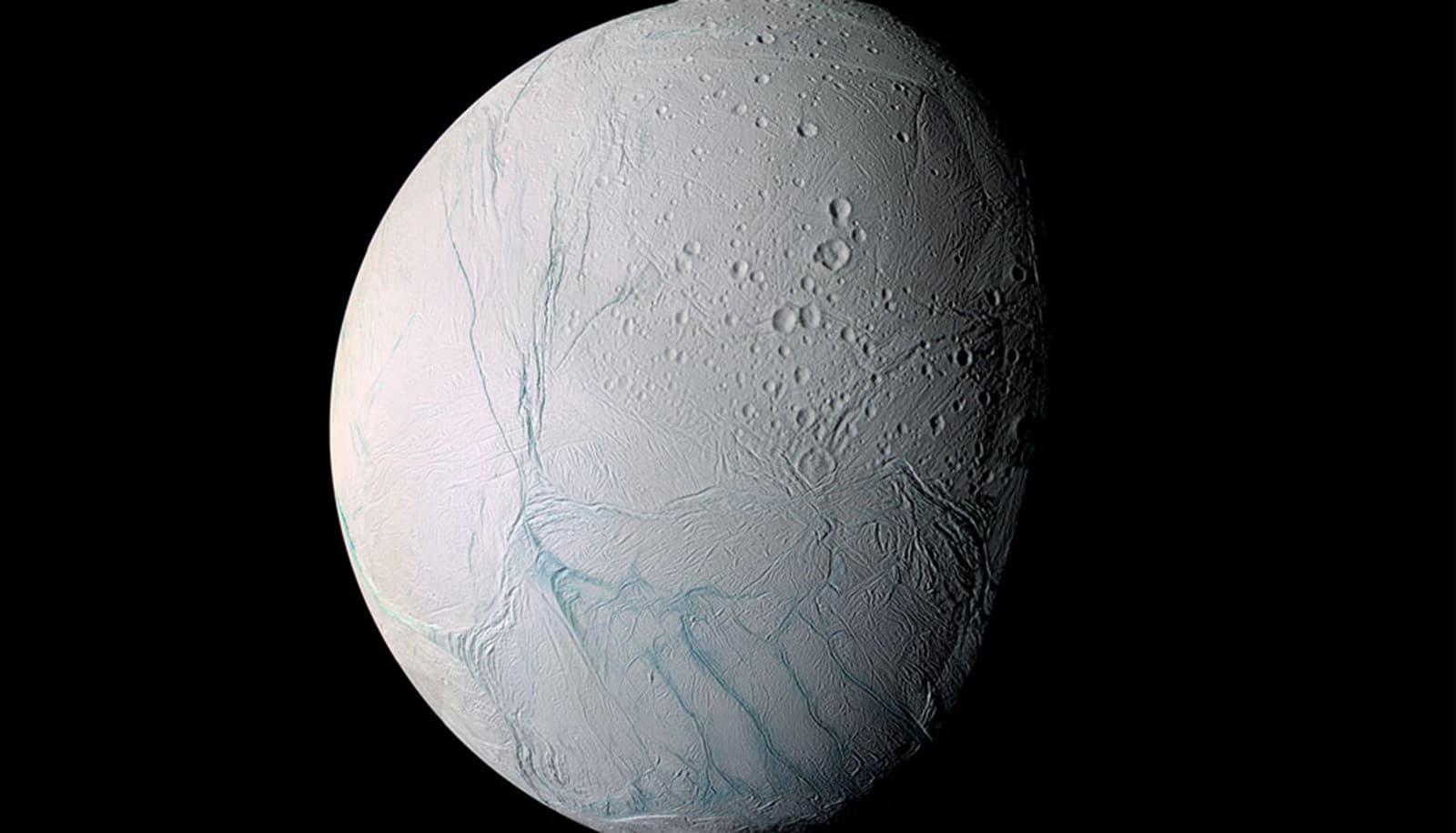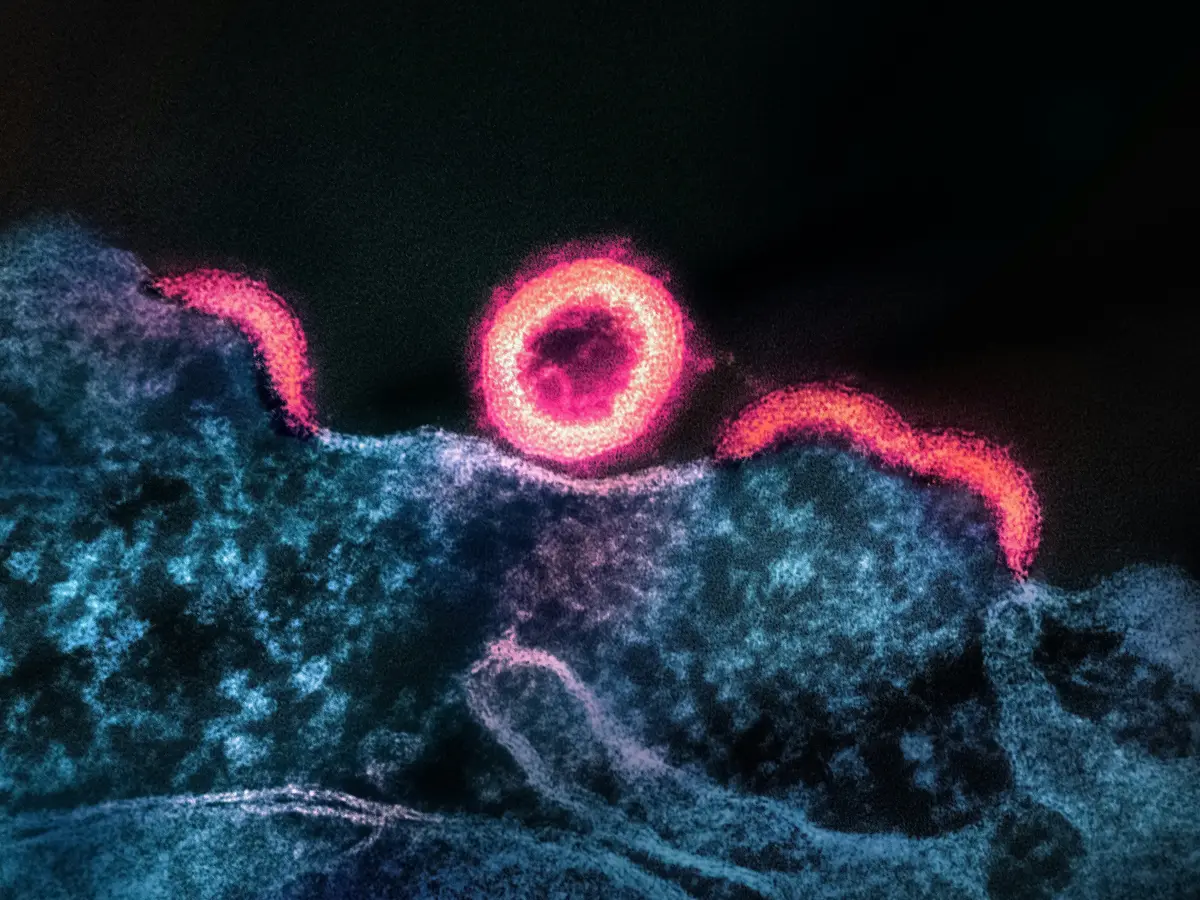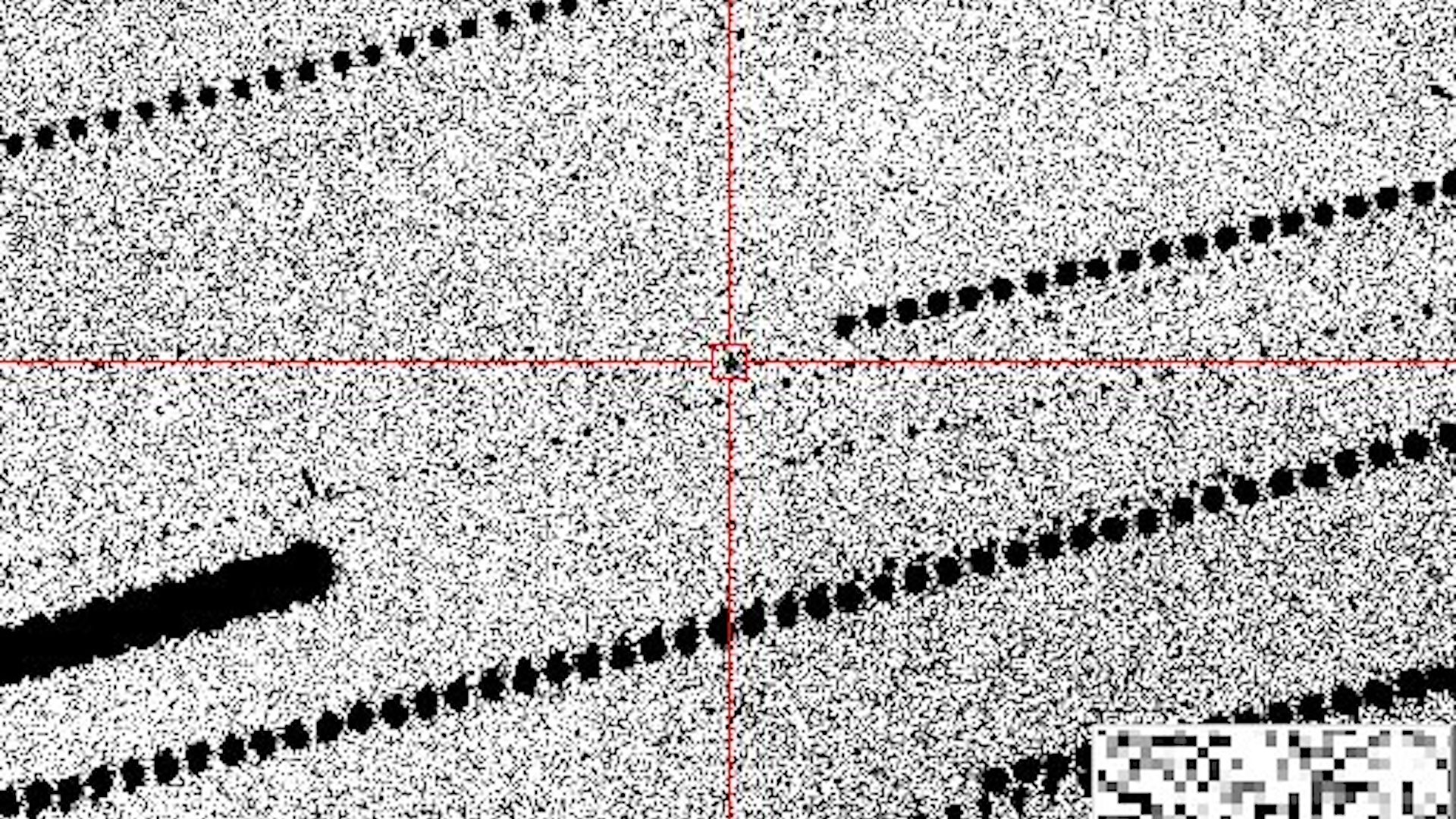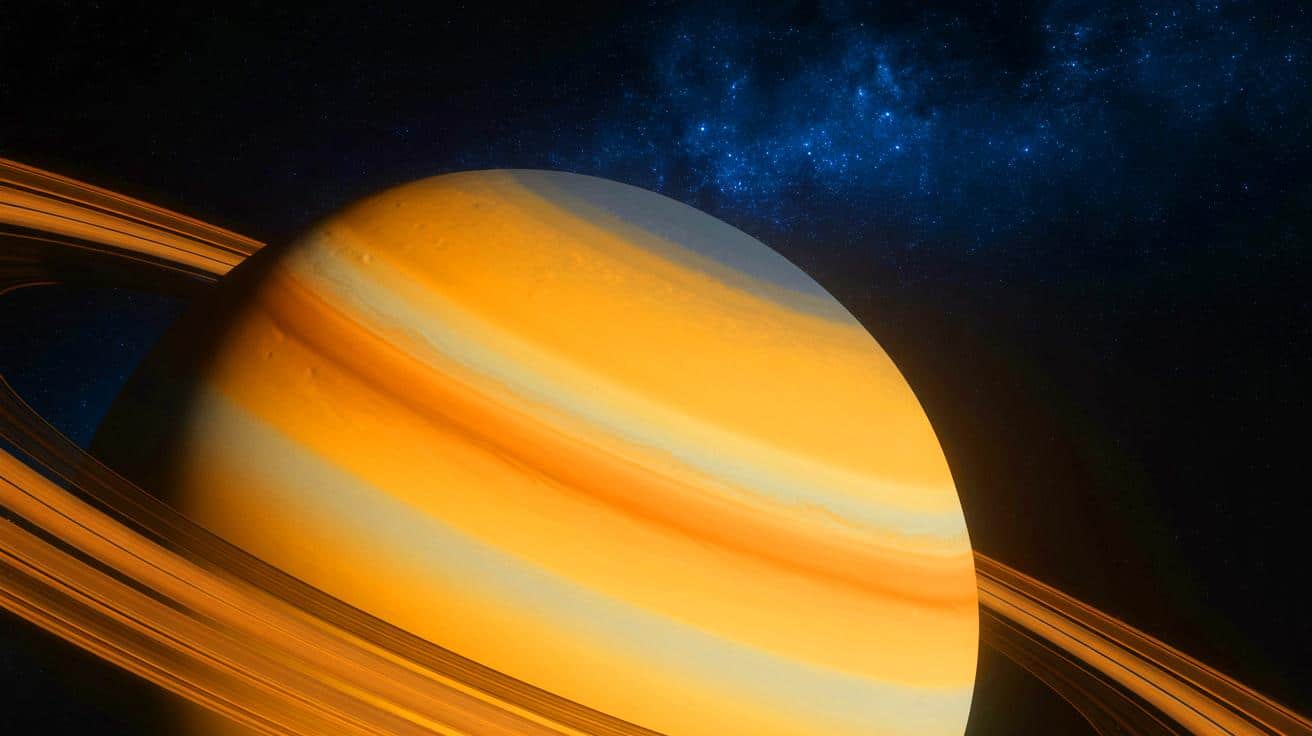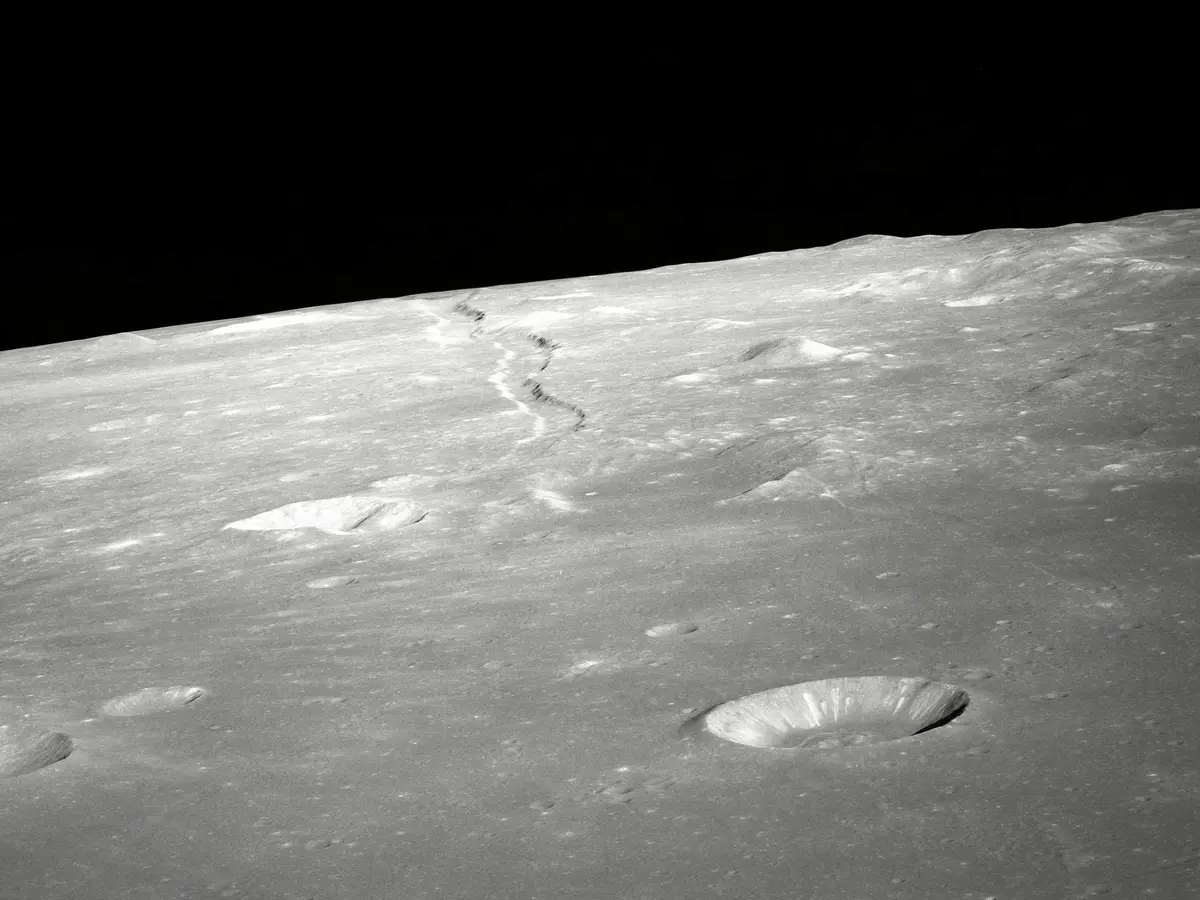Unbelievable Impact of Marine Heatwaves: Are Our Oceans Losing Their Carbon Lockdown?
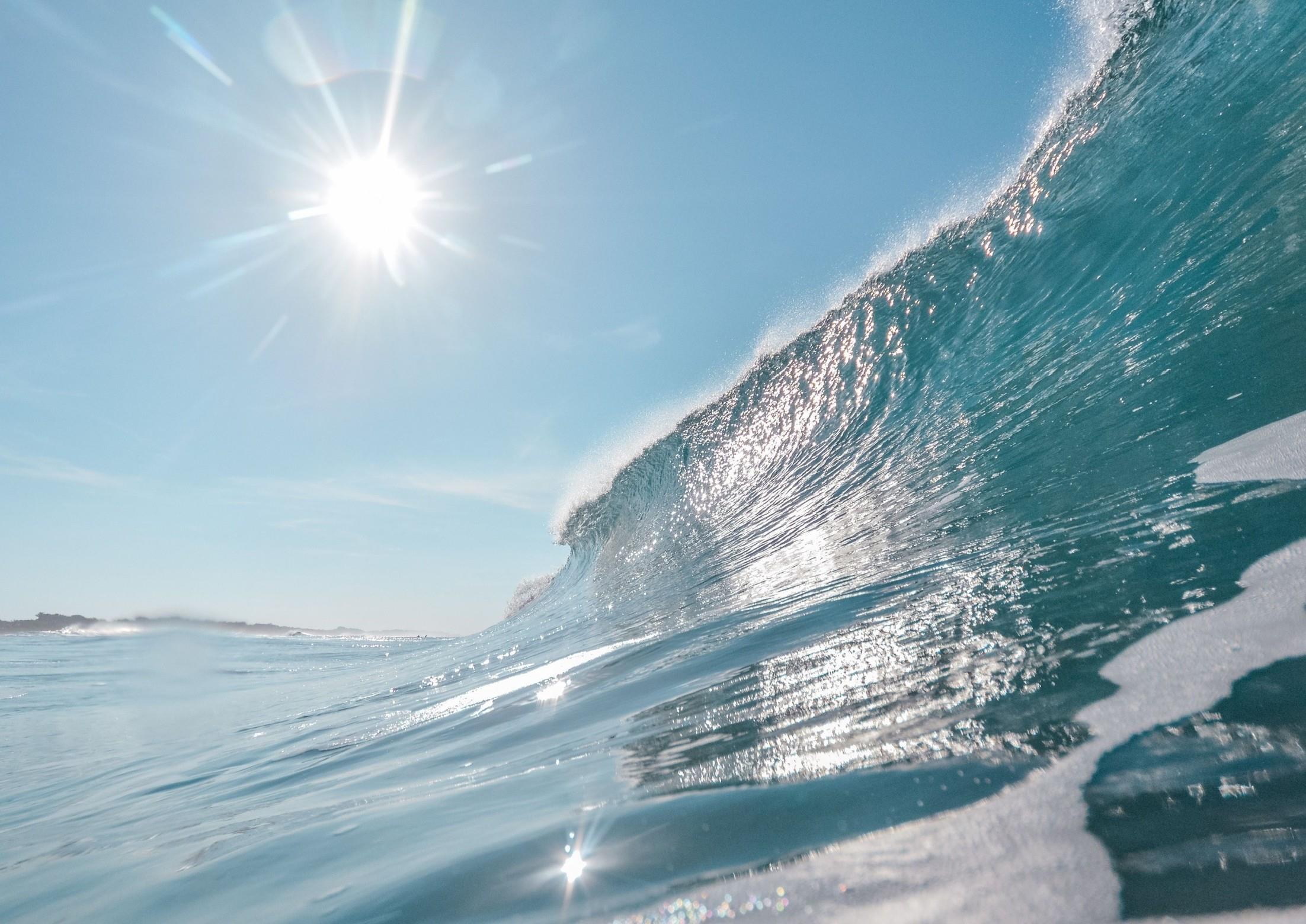
Imagine the ocean’s ability to suck up carbon, storing it away for centuries, suddenly failing due to rising temperatures. New research reveals that marine heatwaves do more than just scorch coastlines—they can actually restructure the entire marine food web and severely impact our planet’s ability to sequester carbon dioxide.
An international team of researchers has pieced together over a decade’s worth of biological and chemical data from the Gulf of Alaska, a region struck by two major heatwaves: the infamous “Blob” from 2013 to 2015 and a more recent event from 2019 to 2020. What they found is alarming: both heatwaves choked the ocean’s biological “carbon pump,” but in uniquely different ways, highlighting that no two heatwaves can be treated the same.
Under perfect conditions, this carbon pump works seamlessly. Tiny organisms known as phytoplankton convert carbon dioxide from the atmosphere into organic matter. When these microscopic plants die or are eaten by larger organisms, they form heavier particles that sink into the deep sea, effectively locking away carbon for thousands of years. Think of it like a conveyor belt, whisking away carbon from the atmosphere into the ocean depths.
Lead author Mariana Bif from the University of Miami and her team aimed to uncover how these heatwaves disrupt this crucial carbon cycle, focusing on the tiny microbes and animals that drive it. By integrating data from biogeochemical Argo floats—which measure temperature, salinity, and other vital ocean metrics—and traditional ship surveys, they crafted a complete picture of how heatwaves affect marine life and, consequently, our climate.
The first heatwave, “The Blob,” surprisingly saw phytoplankton thrive in its second year. However, instead of sinking as expected, a large concentration of carbon became trapped at around 660 feet, creating a bottleneck. In contrast, the 2019–2020 heatwave began with unusually high carbon levels at the surface that could not solely be attributed to photosynthesis; intense recycling of organic material kept carbon from sinking into the deeper ocean.
Essentially, both events caused a shift upward in the carbon flow system, preventing it from sinking to the deep sea where it can be sequestered for millennia. Instead, the carbon lingered in the upper waters, where it is more susceptible to being released back into the atmosphere.
This shift was spurred by changes in the community of organisms. Essentially, heatwaves reshuffled the types of phytoplankton present, boosting small grazers that produce lighter waste, which does not sink effectively. Instead of plummeting to the ocean floor, these particles swirl in the upper waters, creating a “leaky” system that allows carbon to escape back into the air.
“Our research showed that these two significant marine heatwaves fundamentally altered plankton communities and disrupted the ocean’s biological carbon pump,” said Bif. “The conveyor belt carrying carbon from surface to deep sea jammed.”
With the ocean absorbing approximately a quarter of the annual human CO₂ emissions, a malfunctioning carbon pump could amplify the impacts of climate change. If these warming events continue to hinder the downward flow of organic carbon, less carbon will be trapped below for the long term, potentially exacerbating the climate crisis.
Since phytoplankton form the foundation of marine food webs, their disruption sends shockwaves up the chain, affecting fish, seabirds, and even the fishing industries that rely on these species. Importantly, this research serves as a reminder that heatwaves aren’t just one-size-fits-all events; differences in plankton communities can lead to varying outcomes for carbon pathways, even within the same region.
This study also emphasizes the need for ongoing, coordinated monitoring of our oceans to better understand rapid changes. The combination of autonomous floats and ship surveys creates a more comprehensive view of marine ecosystems, allowing scientists to track changes effectively before, during, and after heatwave events.
“To truly grasp how a heatwave impacts marine ecosystems, we need to collect data across different timelines,” said co-author Ken Johnson. “Collaboration across tools and teams is key.”
As marine heatwaves grow more frequent and severe, with two impacting the Gulf of Alaska in less than a decade, understanding their effects on the biological carbon pump becomes crucial not only for climate models but also for coastal communities and fisheries facing an increasingly uncertain future. This research is published in the journal Nature Communications.

















